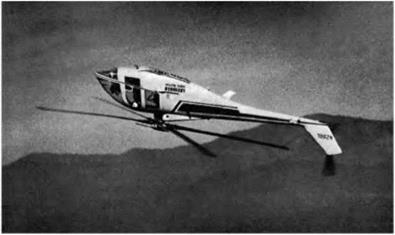Manoeuvrability
Before leaving the subject of manoeuvres we ought to mention that the inertia of an aeroplane – or, to be more correct, the moment of inertia of the various parts – will largely determine the ease or otherwise of handling the machine during manoeuvres. Without entering into the mathematical meaning of moment of inertia, we can say that, in effect, it means the natural resistance of the machine to any form of rotation about its centre of gravity. Any heavy masses which are a long distance away from a particular axis of rotation will make it more difficult to cause any rapid movement around the axis; thus masses such as engines far out on the wings result in a resistance to rolling about the longitudinal axis; and a long fuselage with large masses well forward or back will mean a resistance to pitching and yawing.
Can you answer these?
See if you can answer these questions about the various manoeuvres which an aeroplane can perform –
1. What are the six degrees of freedom of an aeroplane?
2. Why is there a definite limit to the smallness of the radius on which an aeroplane can turn?
3. Two aircraft turn through 360° in the same time, i. e. at the same rate of turn, but the radius of turn of one is twice that of the other. Will they have the same angle of bank? If not, which will have the greater?
4. Explain the difference between a gliding and climbing turn from the point of view of holding off bank.
5. Why does an aeroplane spin?
For solutios see Appendix 5.
Numerical examples on manoeuvres will be found in Appendix 3.
|
|
Fig 8D Manoeuvres
(By courtesy of the Lockheed Aircraft Corporation, USA)
A rigid-rotor helicopter performing aerobatic manoeuvres.












